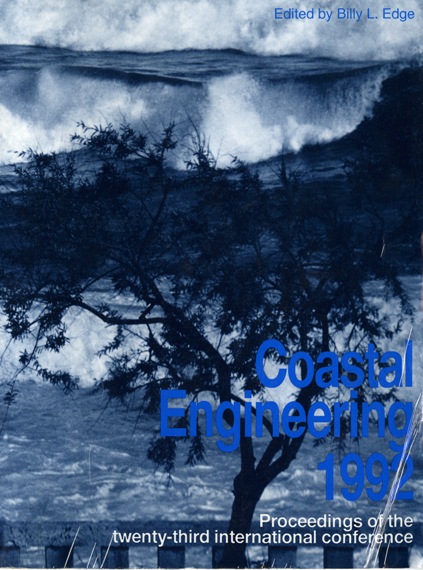Abstract
Sediment auto-suspension criteria (specifying the limit between eroding, selfaccelerating flow and depositing, decelerating flow depending on the slope angle and particle settling velocity) differ by two orders of magnitude for different models in use. Experiments suggest that the results from ordinary density currents are applicable to turbidity currents. In the present study, models based upon well-known turbulence closures are applied in order to obtain a realistic description of turbidity currents: A two-equation (k-s) model predicts phase plane behaviour in accordance with results from theoretical work reported in the literature, and with limits for auto-suspension within the range of conventional estimates. However, by its design, this model and simpler gradient diffusion models are unable to produce turbulent diffusion of sediments up through the level of the velocity maximum. A model with second-moment Reynolds stress turbulence closure is applied. This model proves to overcome the problem of vanishing turbulent diffusivity in the velocity maximum and give plausible results for vertical distribution of flow parameters in turbidity currents.
Authors retain copyright and grant the Proceedings right of first publication with the work simultaneously licensed under a Creative Commons Attribution License that allows others to share the work with an acknowledgement of the work's authorship and initial publication in this Proceedings.

